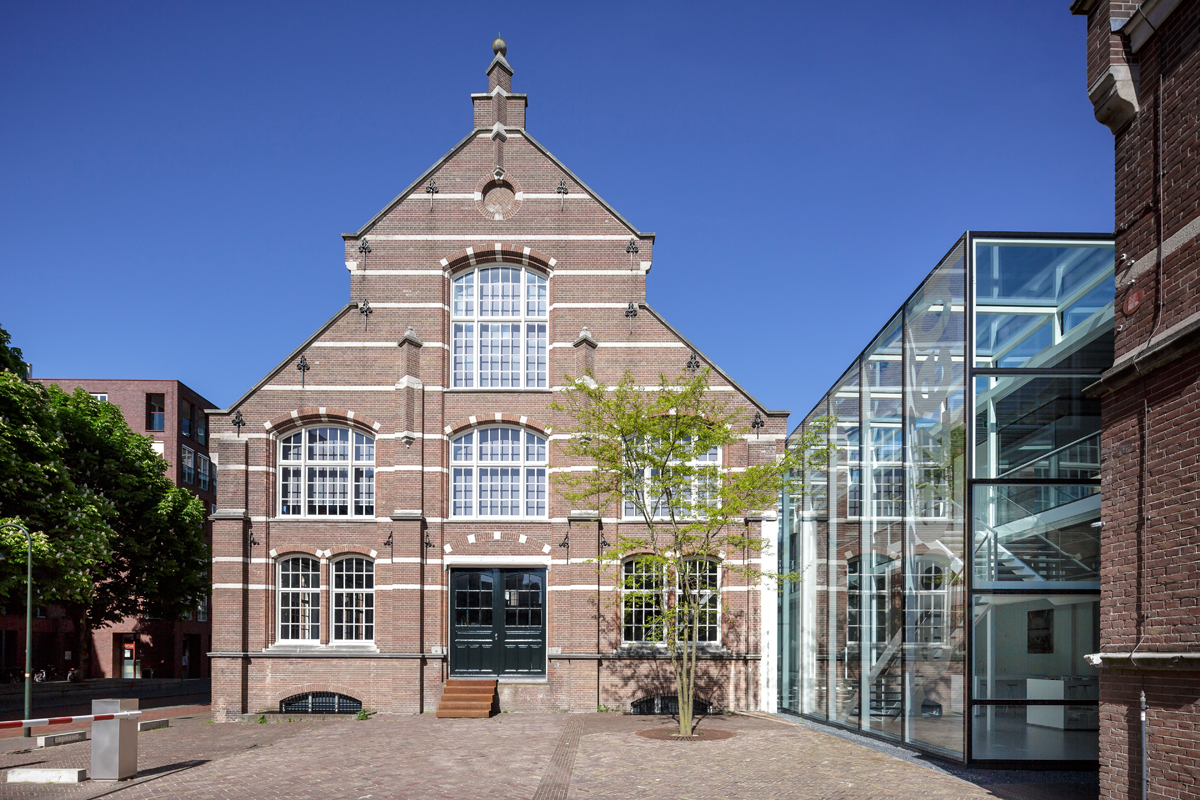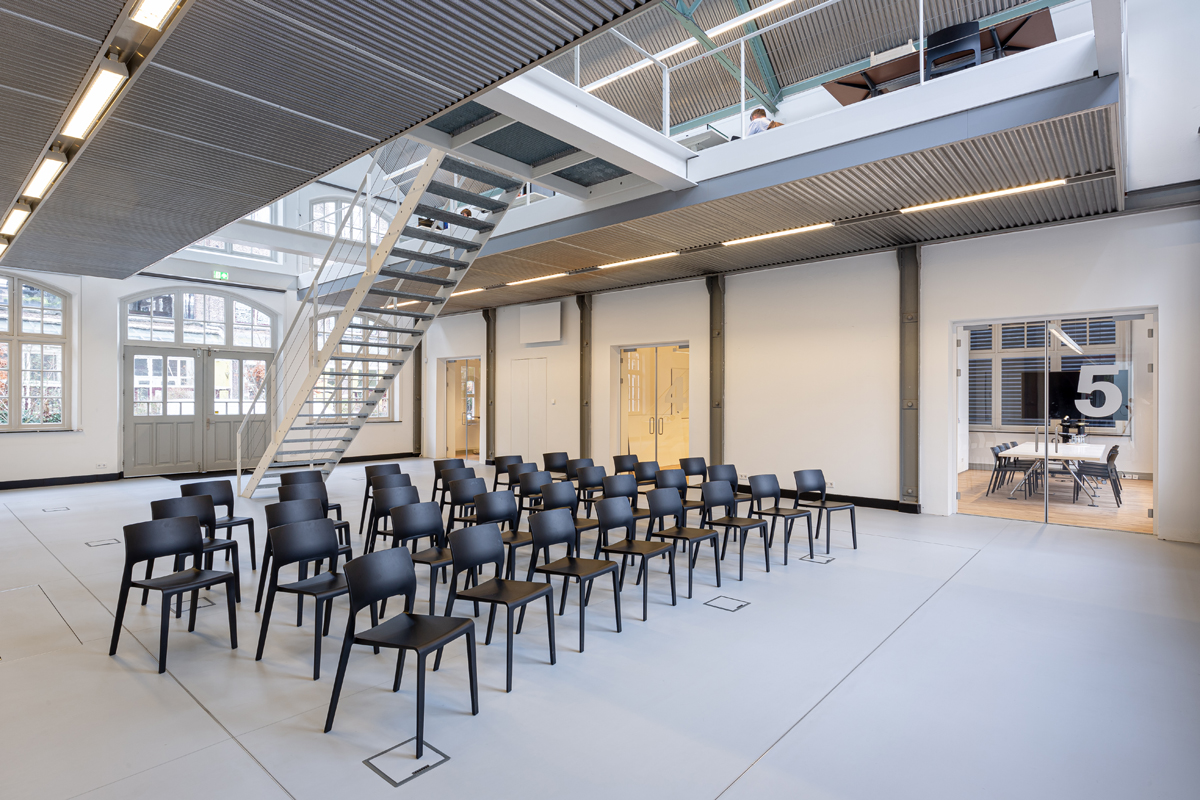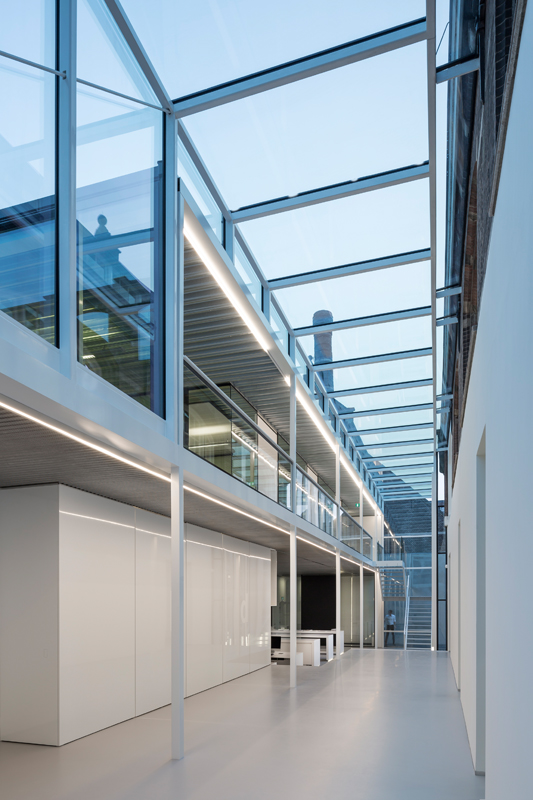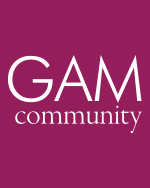

네덜란드의 건축 스튜디오 cepezed는 최근 delft 소재의 오래된 건물과 부지를 인수했다. 이 건물은 1905년, 네덜란드의 건축가 Jan Vrijman(1865-1954)이 증기 기술 대학 건물로 처음 설계했고, 그 후 박물관 등으로 수 차례 용도가 변경되었다. cepezed는 이 건물의 원형은 그대로 유지하면서도 그들만의 캐릭터를 부여하는 방향으로 리노베이션과 증축 작업을 진행했다. 덕분에 건물은 첨탑 형태의 뾰족한 지붕이 주는 클래식한 분위기와 통유리창, 스틸 프레임의 구조가 주는 현대적인 분위기가 공존하는 인상적인 파사드를 갖추게 됐다.


cepezed has acquired the former Technology Museum at the Ezelsveldlaan in Delft and transformed it into a collective company complex for enterprises in the creative industries branch. After the thorough renovation, the architectural office itself has also established its residence in one of the monumental halls, which date from the beginning of the 20th century and were originally constructed to teach the workings of steam and combustion engines to students of the Technical University. cepezedprojects, the developer associated with cepezed, has moved along and played an important role in the redevelopment of the property.


벽체의 일부를 통유리로 구성하고 화이트 프레임을 사용해 창을 마감했다. 덕분에 벽돌조 건물이 가질 수 있는 실내 공간의 묵직하고 답답한 분위기를 덜어내고, 풍성한 자연광이 유입되도록 할 수 있었다. 건물의 동과 동을 연결하는 통로 공간 역시 유리와 프레임의 가벼운 느낌을 살려 밝고 개방감이 느껴지도록 했다.

The three halls that together make up the original ensemble were built between 1905 and 1911 to a design by the architect Jan Vrijman(1865-1954), who, as Chief Government Architect, also fulfilled the function of ‘Government Building Engineer for Education’. The building style was described by the Cultural Heritage Agency – the complex has been a listed building since 2003 – as ‘Neo-Dutch Renaissance’. Characteristic elements are the façades rich with springstones and bands of different colours and the pitched roofs covered with blue slates, which are interrupted by a clerestory with continuous strips of glass. Together with the large windows, this allows a great deal of natural light into the interior.

cepezed는 모든 직원들이 한 공간에서 근무하며 자유롭게 아이디어를 교환하고, 창의적으로 근무할 수 있기를 바랐다. 때문에 가장 큰 홀이 이 목적에 적합한 공간으로 꼽혀 주 사무공간으로 계획됐다. 천장을 터서 천고가 높은 이곳은 약 100여 명의 직원이 근무할 수 있도록 넓은 오픈 플랜으로 구성했고, 입구 안쪽으로는 대규모 미팅룸을 두어 실용성을 고려했다.


오래된 건축물의 리노베이션 작업에 있어서 지나친 ‘가지치기’는 건축물의 역사를 무시하고 건물 고유의 특성을 해치는 경우가 많다. 그러나 cepezed는 그동안 유서 깊은 건축물의 리노베이션 작업을 다수 진행해오며 이에 대한 확고한 철학을 가지고 있었다. 그것은 ‘최소한의 개입만으로 낡은 건축물에서 기대 이상의 효과를 내는 것’이다. 이 철학으로 인해 기존 건물의 형태를 최대한 유지하면서 건물이 지닌 상징성과 역사성은 지키고, 나아가 그동안 부족했던 자연광을 끌어들이고, 내부 환경을 쾌적하게 개선한 오피스 Creative Cluster가 완성됐다.

The approach is always to achieve the greatest possible effect and end result with minimal interventions. That also includes preserving and utilizing the existing situation as much as possible. After all, excessive ‘pruning’ diminishes the authentic character of a building, while existing features actually emphasize its nature. In addition, it is often possible to turn any disadvantages into advantages. cepezed adds new value by means of, for instance, more natural light, improved view, spatial diversity and a pleasant internal climate. And naturally a good functional organization. An important feature of cepezed transformation projects is the sharp contrast between what was already there and what is being added.











0개의 댓글
댓글 정렬